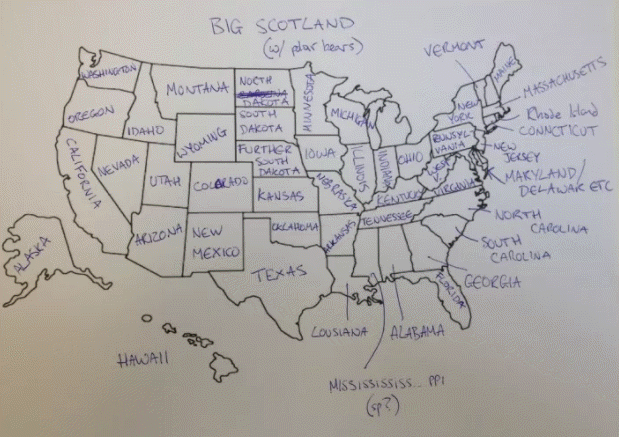Two weeks ago, I was reading through my Twitter feed when I came across a post from @Inc regarding a 100 Day Challenge. The tagline “Imagine How You’ll Feel on January 18” immediately drew me in. I mean, why wait until January 1, 2018 to start a goal and try to improve my life. Like my dad always said, “Carpe Diem.”

The inspiring article by Bill Murphy Jr. (@BillMurphyJr), claims that an easy to follow 5 step process could make any goal achievable (full article here). Whether participants wanted to lose weight, write a book, or launch a business, getting started over the next 100 days with a plan and scheduled milestones would help you achieve it! I mean, achieve any goal, how could I pass up this opportunity?
The first part of the plan requires a “worthy, quantifiable, and arguably achievable goal.” I must admit, I struggled with making my goal quantifiable. I felt my goal of increasing my social media presence was/is a multi-pronged approach and placing a number on it was hard. After bouncing some ideas of my thought partner (if you don’t have one, I highly suggest getting one), I was able to come up with 3 major goals surrounding increasing my social media presence. I feel that all three are quantifiable, doable, and a small step that will hopefully build good habits that I can keep up with after the 100 Day Challenge.
- Write a blog post every 2 weeks (7 total blog posts)
- Participate in 1 Twitter Chat per week
- Increase my Twitter followers by 150 people
Next, the process requires mapping out milestones and scheduling quantifiable markers that you will accomplish by each date. I decided to divide my goals into the three milestone dates with 2 blog posts, 50 followers, and a 4 twitter chats. Again, I tried to make the goal manageable but worth putting the time in.
Finally, you need to track your outputs and be consistent with recording your progress and results. Since my goal was to increase my social media presence, you can count on seeing updates over the next few weeks!
My favorite part about setting goals is joining forces with like-minded individuals. I always enjoy the accountability that friends/co-workers/fellow goal-setters bring to a challenge like this. I love the ability to discuss the struggles, the successes, and share in the joy when the goal is finally met. So what do you say, will you join me on this 100 day challenge? Feel free to comment below and let me know your goal!







